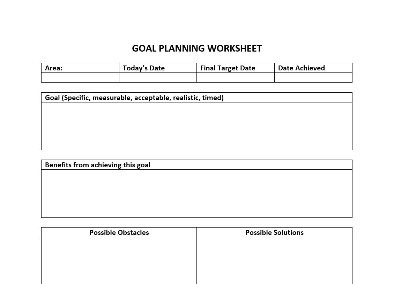The expression “don’t bite off more than you can chew” can apply to many things in life and to sales and customer service.
Customer retention today is extremely important as competition can be fierce and the cost of acquiring new customers to replace those who leave has skyrocketed over the years. People have more choices than ever. Customer service plays a big role in keeping customers loyal and when dissatisfied people are not shy to express their dissatisfaction publicly.
What got me thinking of biting off more than you can chew is my experience with our snow removal company for our condo complex. They are a new supplier this year and the service is terrible. They come long after a snow fall and then do a poor-quality job, leaving snow build up on the sides of the driveway where you step out of your vehicle. In contrast our neighbouring condo building has a different company, and the quality of service is far superior.
I left a critical review on the snow removal company’s Google listing and noticed that in the past they had particularly good reviews and lately the reviews are bad. This made me think that they may have taken on too many customers and cannot handle the workload or cannot find competent staff.
Taking on too much always spells disaster unless you can quickly find a way to remedy the situation, which this snow removal company has certainly not done as the service has not improved even with many complaints from our management and condo owners.
If you find yourself biting off more than you can chew, and it is affecting your business or personal relationships here is what to do.
- Acknowledge to yourself and your team that you are aware of the situation.
- Communicate to your customers there is a problem that you are working on fixing asap.
- Find the true cause of the problem.
- Workout possible solutions.
- Apply the solutions with solid action.
- Measure the outcome and adjust your actions.
- Keep in touch with your clients to make sure they recognize the steps you are taking.
Taking on too much happens to everyone at one time and responding to the situation intelligently is key to managing the negative impact it could have on you and your business. Think strategically and act wisely.






